Home to the Minnesota State Fairgrounds and the University of Minnesota’s St. Paul campus, the city of Falcon Heights’ unique placement allows for some great opportunities and uncommon challenges.
Despite the name, the St. Paul campus is not actually in St. Paul. With a population of over 4,000 people, Falcon Heights has been home to the University’s St. Paul campus and the fairgrounds since its incorporation in 1949.
The University and the State Fair provide jobs and economic opportunities for its residents, according to Falcon Heights City Administrator Jack Linehan. The University itself is the city’s largest employer.
The city tries to engage with University students who live on the St. Paul campus including the families who live in the Commonwealth Terrace Cooperative, Linehan said.
In addition to the University campus, the city is home to the Minnesota State Fairgrounds, which poses some unique challenges for Falcon Heights because of capacity needs and additional stress on infrastructure, according to Linehan.
“When we develop road projects, we do think of the schedule of the University of Minnesota and also in our contracts we usually put dates and requirements that they need to be done before the State Fair,” Linehan said.
Despite the fairgrounds being within the boundary of Falcon Heights, they are not regulated by the city, Linehan added. A state law approved in the 1980s restricts the city from taxing the fairgrounds.
“My understanding is that at the time, the city was talking about trying to tax the state fair,” Linehan said. “We don’t get taxes from (the fairgrounds or the University), but we don’t provide a ton of services to either as well.”
Falcon Heights’ State Fair task force, made up of residents, meets with officials from the State Fair to discuss issues like safety and firework schedules, according to a State Fair statement to The Minnesota Daily.
“The city also shares the results from its annual post-fair resident survey to keep the fair informed and to help improve our partnership,” the statement said.
The task force started after the city held a town hall meeting following the 2022 State Fair, where residents shared their thoughts and concerns about the fair with the city council and representatives from the State Fair, Linehan said.
In addition to the task force, the city has “quite a few” parking regulations during the fair, according to Linehan. These include signage restricting parking to one side of the street and requiring parking permits for residents.
“Most of the city is only one-side parking during the fair, mainly just to make sure that we have safe access for fire trucks and stuff like that,” Linehan said.
For non-residents, there are approximately 800 to 1,000 free parking spots available during the fair, Linehan added.
“For people looking for free parking, we are one of the largest free parking sites for the fair,” Linehan said.
In 2023, the fairgrounds also displayed signs that said “Please Be Good to Our Neighborhood! Pick up litter. Dial down noise. Be courteous,” according to the fairground’s statement.
“These signs were a hit and residents reported a noticeable difference, so we’ll be distributing more in 2024,” the statement said.
Linehan said overall, having the fairgrounds and the University campus is an asset to the city.
“We’re happy to be good hosts and good neighbors,” Linehan said.


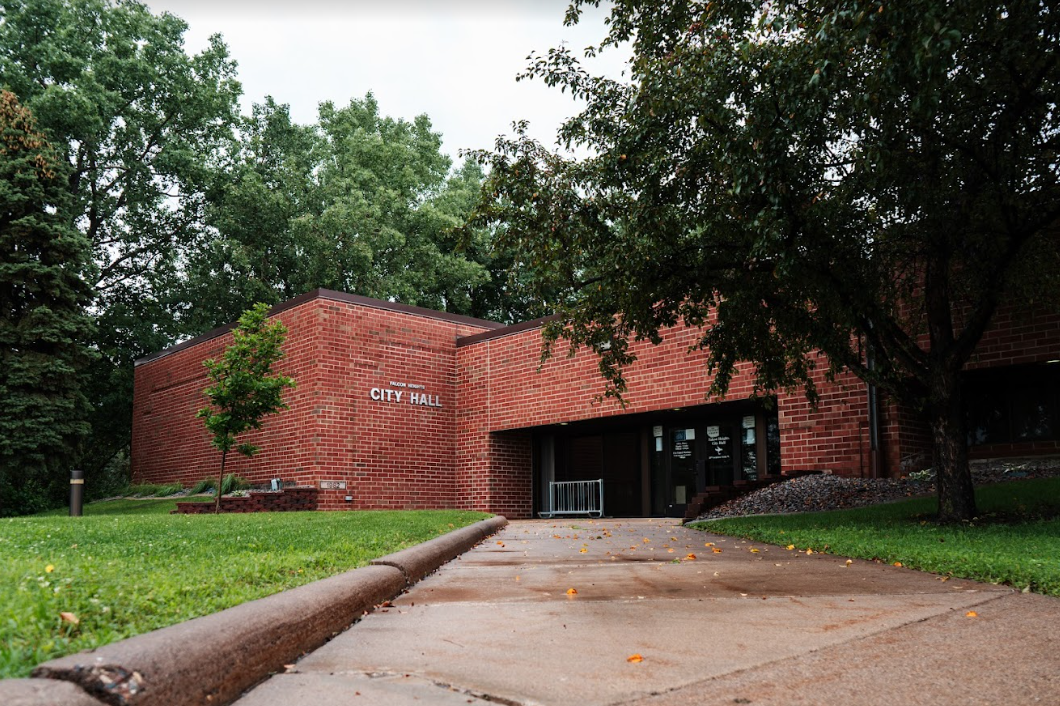
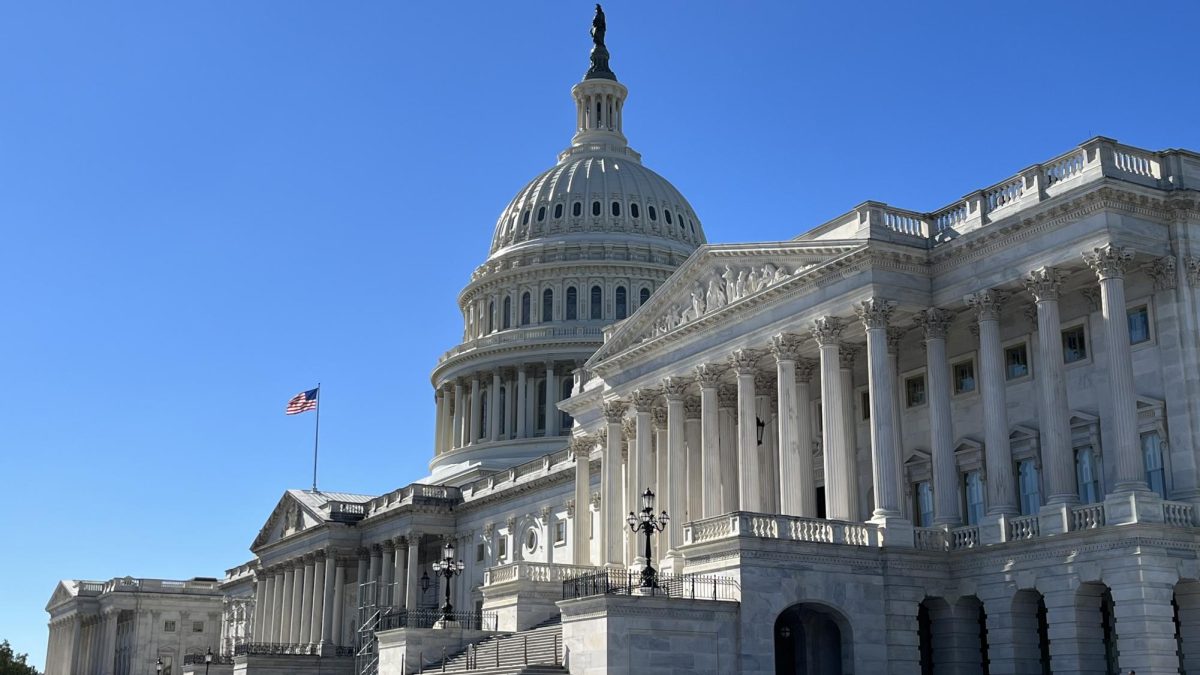
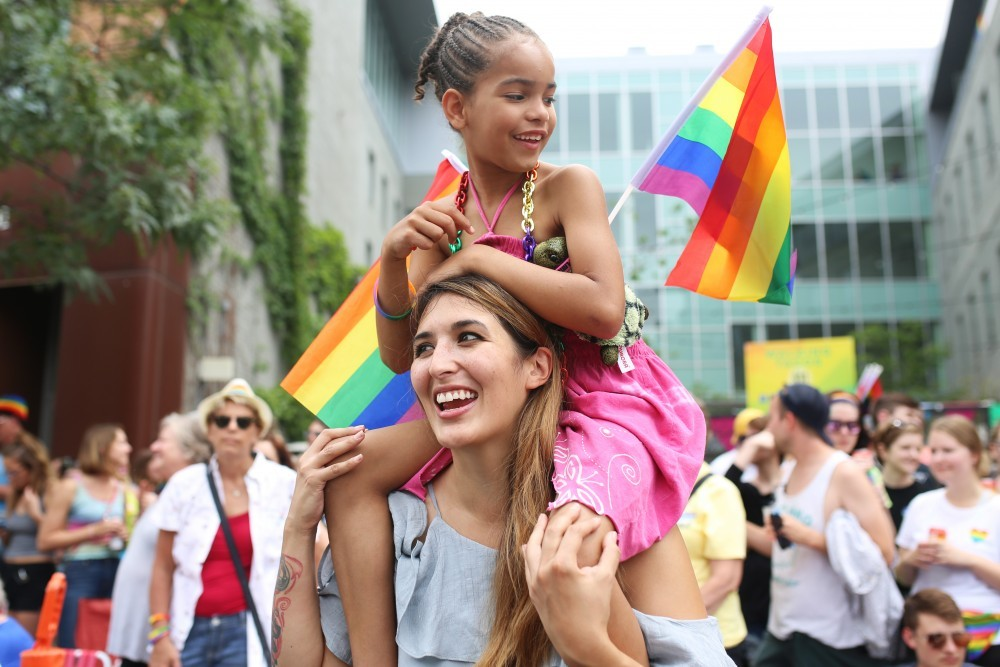
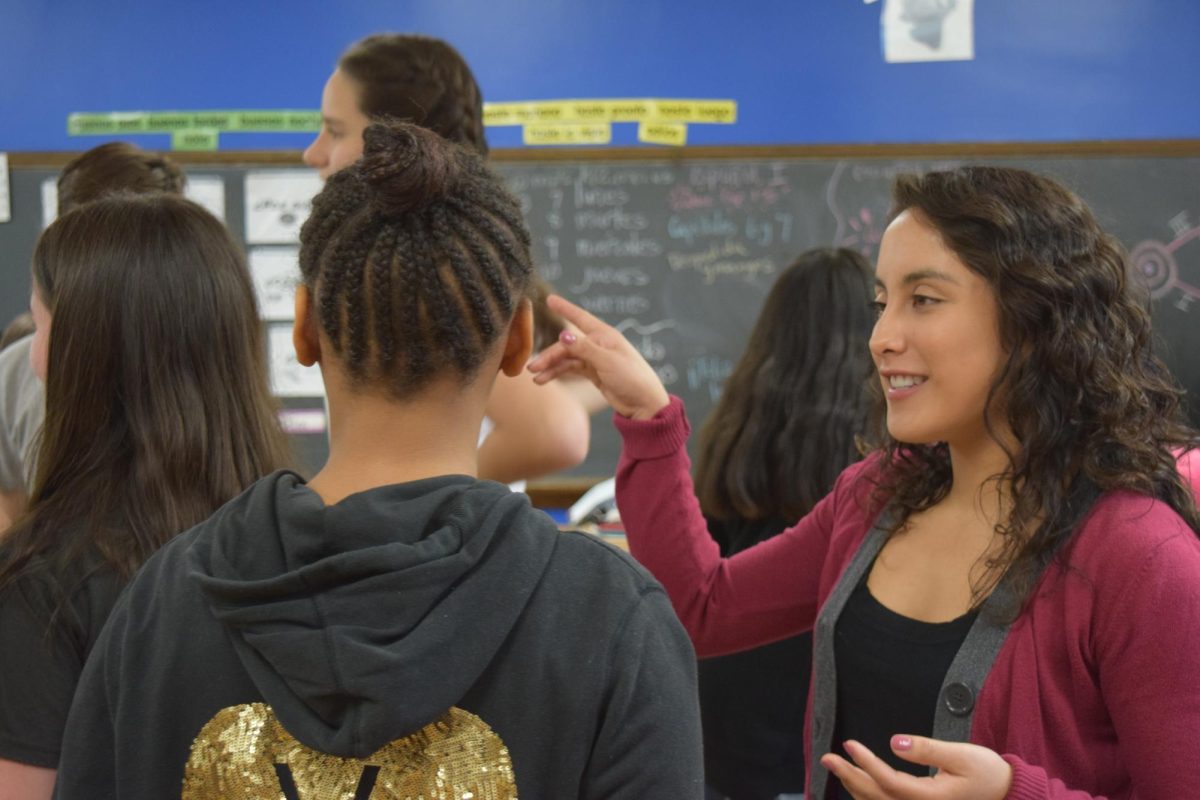
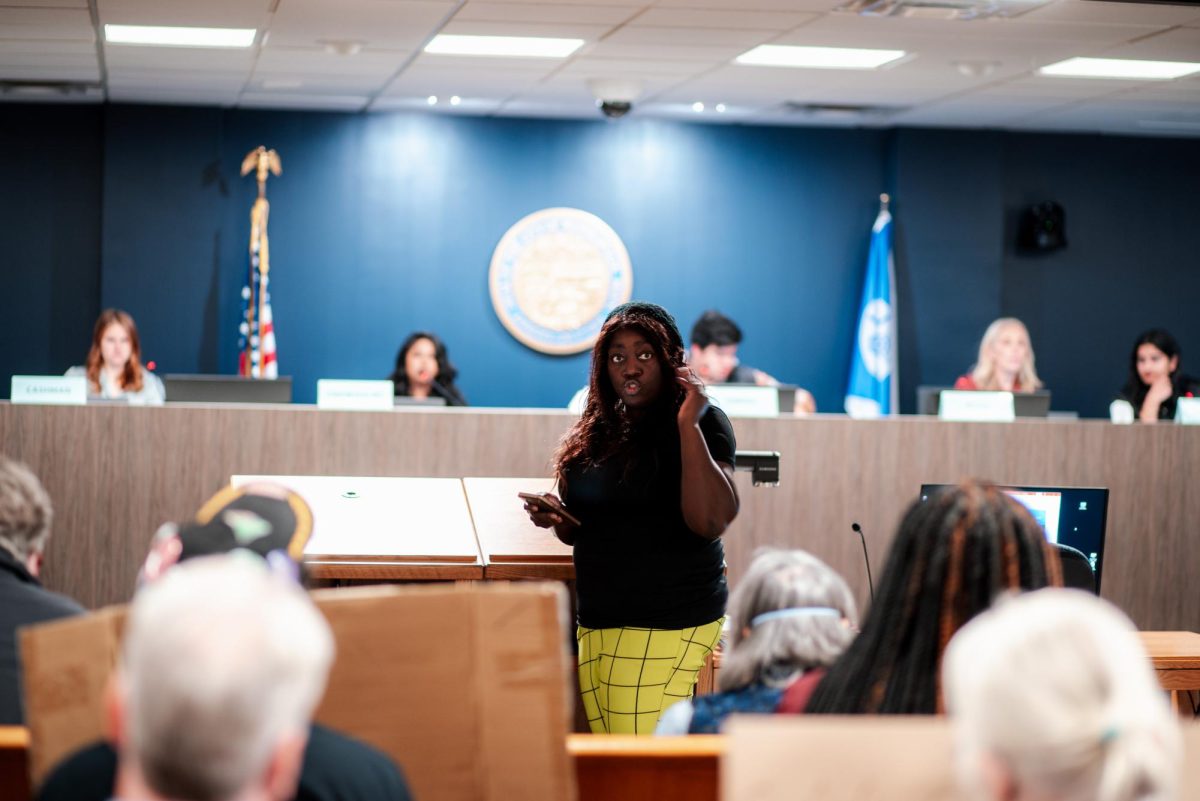

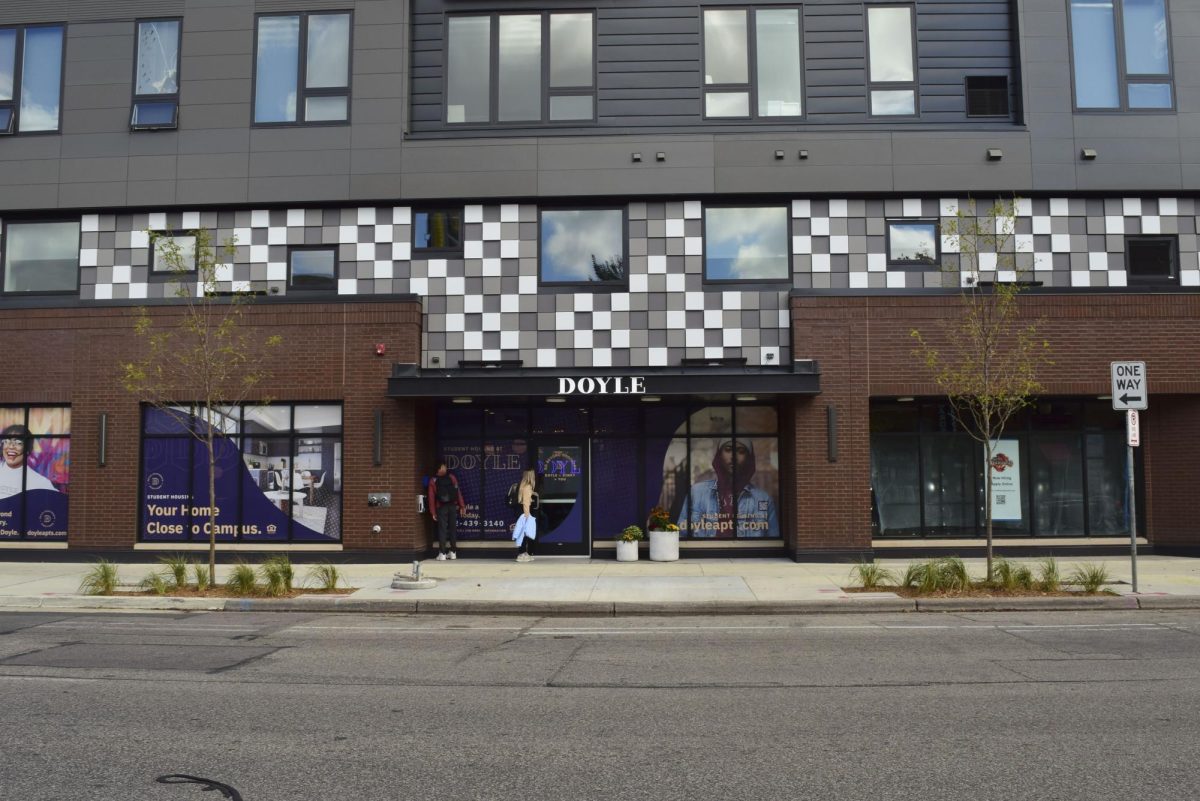
Dean
Jul 10, 2024 at 11:42 am
I worked on the St. Paul campus for 14 years. I’m glad there were signs put out that read “Please be good to our neighbors”. I saw a lot very uncouth behavior from fair goers.
During the fair, I typically rode my bike from Southwest Minneapolis, or took the bus, for convenience. If I needed to drive, sometimes, I parked in South Saint Anthony and walked the 2 miles to campus. I realize not everyone is physically capable of doing this. But for the life of me, I could never figure out why thousands of able-bodied people would sit idling in their cars for an hour on Raymond Avenue, Energy Park Drive and Como Avenue, to park near the fair. And oftentimes, I witnessed motorists who were rude to each other, pedestrians, and bicyclists. Plus, people unfamiliar with the St. Paul Campus would drive around barriers, or ignore signage only to loop around campus completely lost.
Folks need to give up on dependence of their cars. It’s a complete hassle to drive to the fair. As an alternative, the MN State Fair offers plenty of reduced rate and free transportation options. Why sit frustrated in your car, when you could spend that time creating fond memories at the fair with friends and family?
You have 42 days to make a plan . . . This comment section doesn’t allow links, but you can check out the State Fair’s website, click on the Visit tab and scroll down to Transportation.